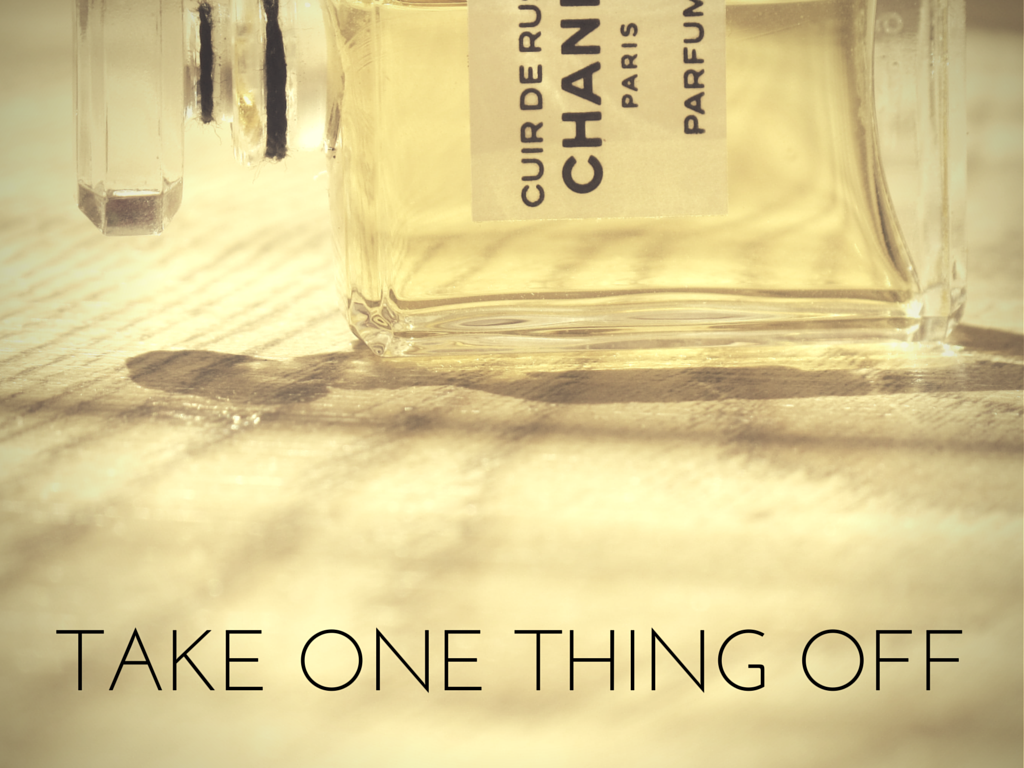O’Driu Peety, hmmm.
This fragrance famously comes 49ml to the bottle, with the final 1ml to be topped up using a drop or two of one’s own urine. I only had a small sample vial, though. I gave it my best shot, logistics not being my strong point and all, but there I was, crouched furtively over the small vial when the horrid thought occurred to me: WHAT IF THE PERSON WHO GAVE ME THE SAMPLE ALREADY PEED IN IT?
I thought quickly – who had given me the sample? Ah, that’s right – Colin Maillard from Basenotes. So off I waddled to my computer, my panties around my knees, and past the living room, where my husband looked up from his newspaper and called out mildly, “Everything alright, dear?”
Colin had not, it turns out, adulterated the sample. I was free to pee. But in the end, I chose not to. I’d like to say it was logistics, but really, I am a wuss.
So what does Peety smell like?
Surprising (to me). I don’t know why but I had expected something comforting and stodgy, like a piece of marmalade pudding with custard on a cold day. It’s something about the listed notes that made me think that – tobacco, tonka, honey, oranges. I had been imagining Tobacco Vanille mixed with a little bit of Absolue Pour Le Soir and rounded off with a touch of Feve Delicieuse (or Pure Havane).
No such thing – this is the opposite of comfort. This is startling. Uncomfortable even. In a good, on-the-edge-of-your-seat way.
The first whiff corresponded with the notions of tobacco comfort I’d nurtured: a deep waft of whiskey and tobacco and even hay, and there I was with a grin on my face and getting ready to sit back and enjoy the ride.
But then in rode this wave of licorice-like herbs and citrus fruits, all drenched in this dark, bitter honey with a deep piss-like nuance to it. Bitter oranges and lemons might indeed explain some of the sharpness, but here the citrus is not fresh. It smells like a cross between a bunch of dried herbs and a lemon, like lemongrass or singed lime peel. The herb-citrus mélange covers the fragrance with a deep medicinal gloom that seems almost black to me, like viewing a pile of luridly-hued fruits under a thick brown preserving glaze in a museum bell jar.
The sharp atmosphere that this almost toxic stew of pissy-honey, civet, medicinal clove, herbs, and preserved lemons creates forms the central character of Peety – and it never quite leaves. But that is what is fascinating to me. It reminds me of something caustic you’d use to lance a boil or dress a war wound.
Actually, this sort of barbershoppy, herb-strewn, musky character is something I associate with a certain style in Italian perfumery. I have experienced the same herbs-and-citrus-on-steroids openings in many of the other O’Driu’s, including Eva Kant, and in Bogue’s Maai and Ker. There is a sort of hyper-masculine, but self-conscious retro barbershop style at play here, as if these perfumers are trying to re-imagine the traditional Italian barbershops and apothecaries they might remember from their childhood.
The style is specifically Italian to me, and although I didn’t grow up in Italy, I did live there, and I recognize the atmosphere of those old, dusty places where traditional healing remedies, tisanes, and unguents sit right next to little white boxes full of Swiss-precise modern medicines. The whole of Italy is kind of like that; this weird and charming mix of traditional superstition and ultra-modern moral mores. So when I say that parts of Peety remind me of those Ricola honey-anise throat pastilles you see at every cash register in Italy, I don’t mean that it literally smells like that but that there is a memory association there for me.
Later on, a musky tobacco accord emerges, rich and glowing. The end result, on my skin anyway, is a sort of “old leather” aroma redolent with male musk and warm, stubbly cheeks (the type on a man’s face, one hastens to add). The aura of rich male skin and musk is bolstered by a warm, almost sick-smelling castoreum, and while there is never sweetness, there is a feeling of sharp edges being rounded off and sanded down – a sleepy warmth.
Funnily enough, it is only in the very later stages, when the bitter herbs and spices have banked down a bit, that I can smell the flowers – a rose and jasmine combination that smells both sultry and medicinal. Joined with the cozy ambroxan or amber-cashmere material in the background, there is an effect there that is quite similar to Andy Tauer’s Le Maroc Pour Elle (although this is not as sweet). The dry, papery (and hyper-masculine-smelling) tobacco accord in the dry-down is a real delight. It is not fruity or sweet like other tobaccos – this is dry and leathery. Persistence is extraordinary – I could smell this on my face cloth for four days afterwards.
A fascinating experience, this perfume, and just one of those things you feel richer for having experienced. Very few moments of wide-eyed delight come about for me these days, so hats off to Angelo Pregoni for Peety.










